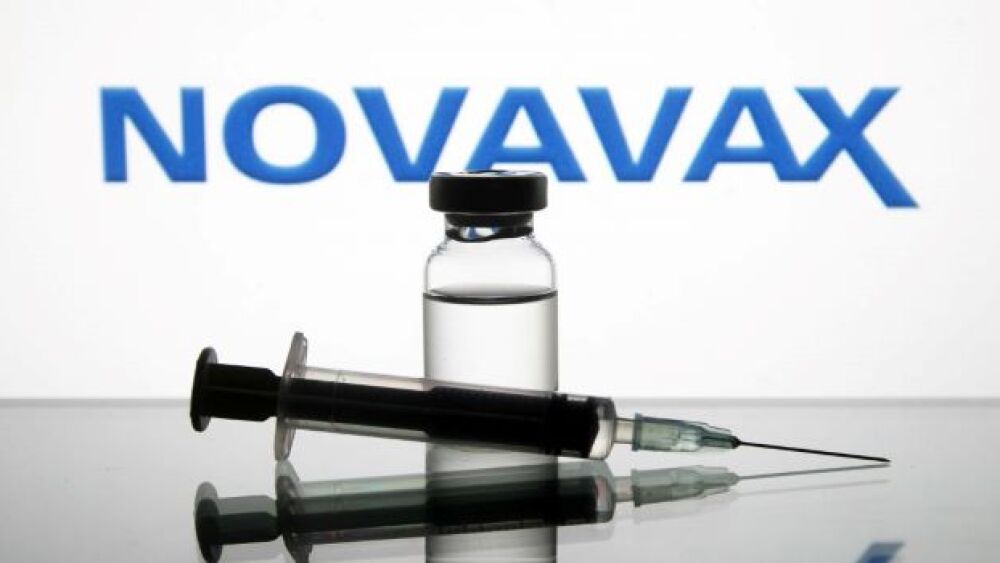Bayer plans to substantially increase investment in U.S.-based pharmaceutical R&D, earmarking $1 billion to invest stateside in 2023.
Pictured: Incoming Bayer CEO Bill Anderson/courtesy of Bayer Pharmaceuticals
Bayer plans to substantially increase investment in U.S.-based pharmaceutical R&D, earmarking $1 billion to invest stateside in 2023.
The company’s stock has been on a steady decline the past five years, settling in around $15 per share as of Thursday. Compared to fellow pharmaceutical big dogs – Pfizer is trading around $40, Novartis double that, and Sanofi at around $47 – there’s plenty of room for growth.
“It’s time for us to double down on the U.S.,” said Sebastian Guth, president of Bayer’s pharmaceutical business in the Americas, in an interview with Reuters Wednesday.
Guth followed up on this in an e-mailed statement to BioSpace Thursday, calling the U.S. market “a cornerstone of [Bayer’s] global pharma business going forward.”
“Currently, North America accounts for [around] 25% of our global pharma sales, and we expect to significantly accelerate growth in the U.S. in the near future,” he said.
Bayer has taken a slew of hits the past five years since acquiring St. Louis-based Monsanto. After paying $63 billion for the business in 2018, the deal backfired, saddling Bayer with a $10 billion settlement for more than 42,000 lawsuits over Monsanto’s weed killer Roundup.
Shareholder faith was lost in Bayer CEO Werner Baumann, who will retire in May – two years before the end of his contract – to make way for Bill Anderson. Anderson is an industry veteran, previously serving as CEO of Roche’s pharmaceutical division with leadership roles at Genentech and Biogen before that.
In expansion plans, Bayer is building up its portfolio of new drugs to bring to the U.S. market. Guth told Reuters it plans to sell the drugs it is developing on its own, instead of with a U.S. partner as it has in the past.
The company recently kicked off Phase III studies of asundexian in atrial fibrillation or non-cardioembolic ischemic stroke.
The factor XIa inhibitor previously missed the endpoint in a Phase II study.
Meanwhile, Bayer’s experimental elinzanetant is neck-and-neck with Astellas Pharma’s menopause drug. Both drugs are non-hormonal options to treat hot flashes and night sweats. Whichever crosses the line first will be the first-in-class non-hormonal option.
Hormone therapies are the current treatment for vasomotor symptoms but come with significant risk of increased risk of blood clots, heart attacks, strokes and breast cancer in some women.
Both candidates are in Phase III with Astellas in the lead, having reported positive clinical data in March 2022. Bayer added an extra study for elinzanetant, testing it in breast cancer patients and women with high risk of breast cancer experiencing vasomotor symptoms caused by endocrine therapy. The additional indication would target a smaller patient group, but could give Bayer an edge.
Bayer has also doubled the number of U.S. employees in pharmaceutical marketing over the past three years and plans to expand that number by another 75% by 2030.
Guth pegged sales of Bayer’s cancer drug Nubeqa and kidney medicine Kerendia, in addition to asundexian and elinzanetant, if approved, to peak at 12 billion euros, with half of that coming from U.S. sales.






